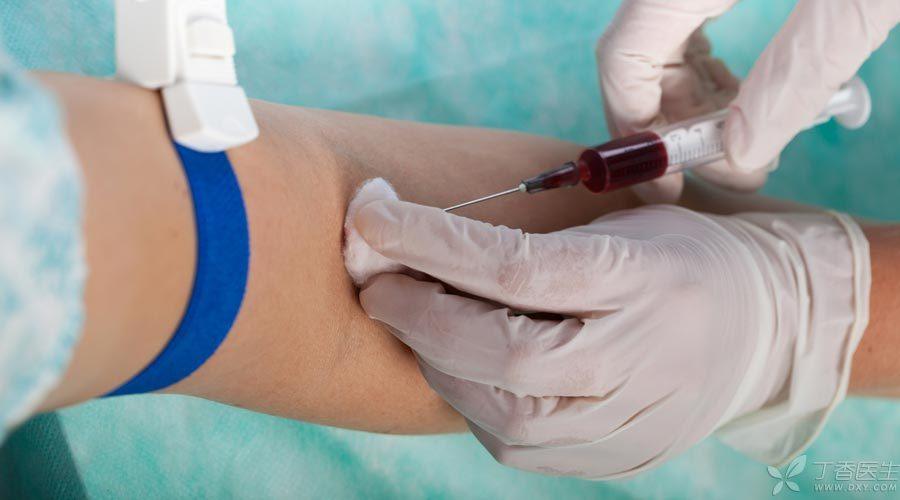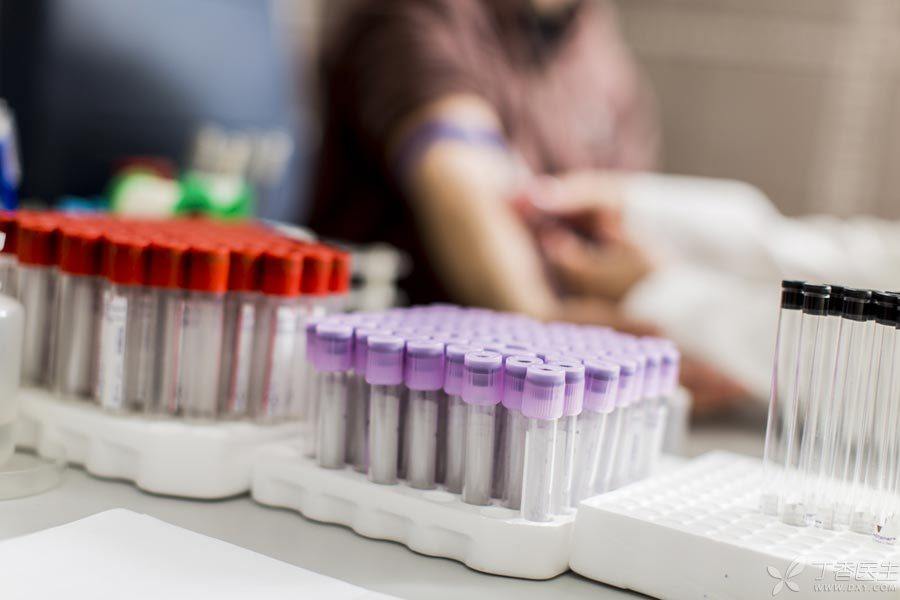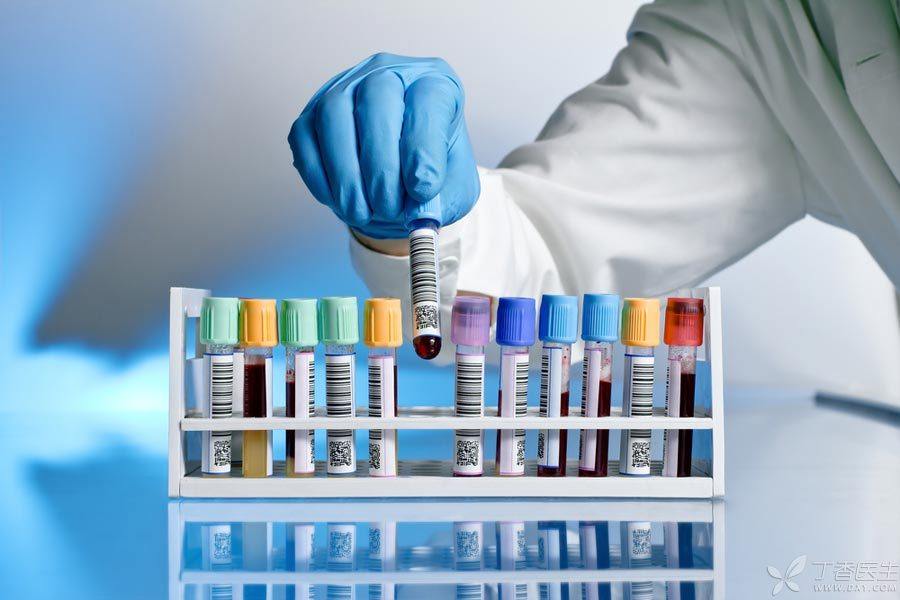
Blood test should be one of the most familiar test items. When doctors prescribe blood test, they want to know what? Before taking a blood test, you should know what again? This article tells everyone about these things.
What items can blood be checked?
From the blood, we can get a lot of content to understand the physical condition.
Blood drawing, can do the examination can usually include: blood routine, coagulation function, liver and kidney function, etc. Different departments generally have their own special items, such as cardiology hospitalized patients usually need to detect myocardial enzyme indicators (such as myocardial infarction three items); Surgical departments generally need to add blood matching examination to facilitate matching blood transfusion. Respiratory department often uses T-spot to eliminate tuberculosis. Rheumatism immunology department generally includes rheumatism series, erythrocyte sedimentation rate, etc. into routine examination.
The examination during pregnancy also includes multiple blood draws. Including blood routine, electrolyte condition, thyroid function, Down’s screening, TORCH eugenic examination, antibody detection, etc.
For panda blood mothers, Pregnancy tests will add anti-D antibody level, its significance is to know the frequency of pregnancy monitoring. It should be emphasized that the antibody titer is not necessarily related to the probability of fetal hemolysis and the severity of symptoms, and there is no method only for antibody treatment, only the fetus really has hemolysis needs intervention.
Why is the blood drawn so black?
When blood just flows from blood vessels to vacuum tubes, patients often wonder [why is my blood so black? ]
On the one hand, the blood part is generally elbow superficial vein, venous blood is dark red. On the other hand, blood is generally drawn in the morning, don’t eat don’t drink a night, blood has a certain degree of concentration. Plus, through a layer of vacuum tube wall, the color of blood makes people feel dark and black.

Is it forbidden to eat or drink before drawing blood?
Liver function, blood sugar and blood lipid tests have very strict requirements on [fasting], because once eating, it will affect the determination of relevant data, thus affecting the accurate diagnosis of diseases.
But most other tests are not very strict. A few days before the blood needs to be drawn, Normal diet, normal work and rest, Don’t eat food that is too greasy, irritating and difficult to digest, and the amount should be controlled in accordance with normal days. If it is necessary to detect liver function, blood sugar and blood lipid and other indicators, don’t eat within 8-14 hours before the examination. For example, if you want to draw blood for examination the next day, don’t eat again after dinner the night before. You can drink a small amount of water before drawing blood.
Does it hurt to draw blood?
Under normal circumstances, it will only hurt at the moment of needle insertion. What did not feel particularly about the process of drawing blood.
However, if you are unlucky or have deep blood vessels, you may have to suffer more than others.
Why did you take more than one blood during hospitalization?
Many hospitalized patients are very confused and even complain [why do you need to draw blood again? Didn’t you draw blood before? ] In fact, this kind of problem, is generally the competent doctor did not communicate well with the patient. Briefly say hospitalization or treatment before and after the need for multiple blood:
(1) Blood is drawn for the first time to find abnormalities and diagnose diseases; Blood drawn during treatment is used to observe the curative effect and adjust the scheme. Blood tests after treatment are used to evaluate the therapeutic effect.
(2) When taking certain drugs or adopting certain treatment schemes, the side effects can be reflected by monitoring blood.
(3) After surgery, a blood routine will often be checked to see if there is any infection.

How many tubes of blood did you take and eat some what to make up for it?
There is really no need to make up for it.
A tube of blood is about 3 ~ 5 mL, even if six tubes are drawn at a time, it is only 30 mL, which is not worth mentioning compared with the whole body’s 4000 mL ~ 5000 mL blood volume and hardly affects the body. You know, a blood donation, 200 ~ 400 mL, this amount has little effect on the body.
Therefore, it is enough to draw blood, protect the needle inlet, drink a glass of water and have a normal breakfast.
What do you think of the results of the blood test?
The analysis of the blood examination form is actually a very complicated work, which needs to be combined with other examination results to make a comprehensive judgment and draw a conclusion. Here is a brief description of the significance of several common indicators.
Blood routine examination
Generally, a high white blood cell indicates the occurrence of infection, a low red blood cell or hemoglobin indicates the occurrence of anemia, and a low platelet indicates a problem with coagulation function, which needs to be found out.
If many blood routine indexes are abnormal, it indicates that there may be some blood disease.
Of course, this is only the analysis of blood routine under normal circumstances, and the final diagnosis must follow the doctor’s judgment.
Liver function
The most common indicators in the checklist are several transaminase indicators.
Under normal circumstances, transaminase exists in liver cells and does not run into the blood. When inflammation or other pathological changes occur in the liver and liver cells are destroyed, the content of transaminase in the blood will increase. This is the principle of judging liver function with transaminase.
Bilirubin is an indicator to judge jaundice. If bilirubin is high, jaundice is reflected in the body-yellowing of skin and mucosa.
Biochemical indicators
It can be seen intuitively that electrolyte indexes such as potassium, sodium and chlorine are often used to evaluate the electrolyte status of patients with long-term fasting, large loss of body fluids, ascites, etc. According to the examination results, [suit the remedy to the case].
Is there anything what should pay attention to when drawing blood?
Of course, after drawing blood, you must press the puncture position well, and never rub it back and forth. Generally, the blood will not come out again in 2 or 3 minutes. Needle eye should not touch water as much as possible within 1 or 2 days, and waterproof Band-Aid can be used when bathing.
Finally, I had a friendly communication with the nurses and doctors who drew blood. I had a good time. I didn’t feel so painful when I inserted the needle.
